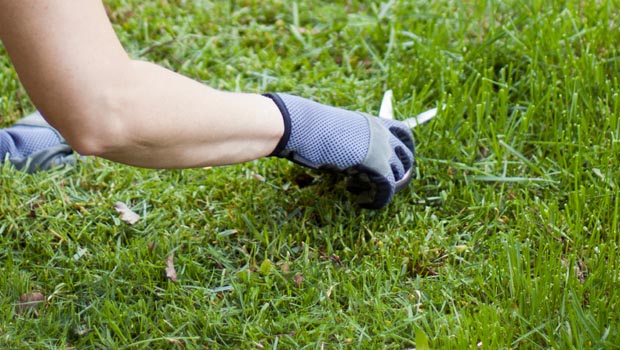The Type 1 Diabetes News Consumer’s Handbook

In 2016, people in the United States collectively admitted that they were drowning in misinformation, whether it be from meddling foreign governments, clickbait entrepreneurs, or news stations with ideological slants.
People with Type 1 diabetes could be forgiven for giving a collective eyeroll at this sudden realization; members of the diabetes community have been sifting through medical misinformation ever since their first Google search after a Type 1 diagnosis. The internet is full of shady videos, celebrity Instagram accounts, and opinionated diet true believers who all report to have THE ANSWER to blood sugar stability. A few clicks can lead you down a rabbit hole from which you might not emerge for hours.
We at Insulin Nation have put together a small newsreader’s guide for people with Type 1, and those who love them, on how to avoid garbage medical news on the internet. Here are five rules that we think will help:
1. Watch out for the bait and switch.
Reporter Travis Manni sat through a video promising a fruit will “destroy diabetes” so you don’t have to. What he found that was that clicking on the fruit ad led him to a video about a milkshake. But they weren’t really selling a milkshake; they were selling a textbook.
If you click on a link and are transported to a site where you can’t find the reason you clicked within a few seconds, click away. No amount of additional clicking is going to bring you satisfaction.
You can read Travis’ experience with too-good-to-be-true breakthroughs by clicking here….we promise.
2. Read carefully. Heck, just read.
We all have been so eager to share a piece of news with a friend that we click the “share” button before we read the actual article. Slow your roll and make sure it’s not a trick by at least reading the first paragraph. Even better, read the whole thing.
A few months back, we published “Doctors Won’t Tell You About This One Exercise Trick to Cut Your Insulin Needs in Half.” Once you clicked on the article, though, we made sure to let readers know in the first paragraph that doctors won’t tell you about it because there isn’t one. We wrote this story after deciding to stop publishing our April Fools’ Day edition of Insulin Nation. Why did we stop? Too many people shared our fake news as fact before realizing their error.
Taking a few seconds to read before you share will save you the trouble of a “false alarm” tweet afterwards.
3. Consider your source.
If a Kardashian tells you about the benefits of okra for diabetes management, at least do a Google search to see if said Kardashian has a degree in nutrition.
The same skepticism should sometimes be given to local newscasts. We’ve recently reported on two local news reports that either got Type 1 diabetes wrong or have punched up the drama of Type 1 diabetes to make things more dramatic (as if Type 1 diabetes needs more drama). Yes, it would be lovely if news reporters got the facts right; it is their job, after all. However, I would be the first reporter to admit that Type 1 diabetes is confusing when you first start reporting on it. Consider any local station news reporter a wide-eyed newbie when it comes to what you are spending a lifetime trying to master.
And finally, see if the article is trying to sell you something or is directly sponsored by a diabetes-related company. Nearly every news source has some form of advertising, but that advertising should be clearly labeled and not passed off as editorial content.
4. Contain and isolate.
If you’ve found garbage diabetes news on the internet, don’t reward the producer of it. Social media algorithms will “reward” the article or video with more reach if you react to it or share it. If you must discuss the article further, take a screenshot and share it. Better yet, report it to the social media channel.
5. Check back.
Someone once said that journalism is the first draft of history, so sometimes what may first seem like fact soon becomes debate.
We’re watching that play out right now with the term “artificial pancreas”. At first, Medtronic stepped into it when it labeled a pump with automatic insulin suspend an artificial pancreas. More recently, many reporters, including myself, labeled the Medtronic 670G an artificial pancreas because it automated most insulin delivery. There has been a lot of debate since then about whether the 670G qualifies. Now, I’m really not sure.
An article is not the final word on a subject; it’s just a presentation of the available facts and the thinking at the time. A savvy reader can watch the debate evolve over time.
If you have reader tips you think should be part of future editions of this guide, email me at cidlebrook@selfrx.com.
Thanks for reading this Insulin Nation article. Want more Type 1 news? Subscribe here.
Have Type 2 diabetes or know someone who does? Try Type 2 Nation, our sister publication.







